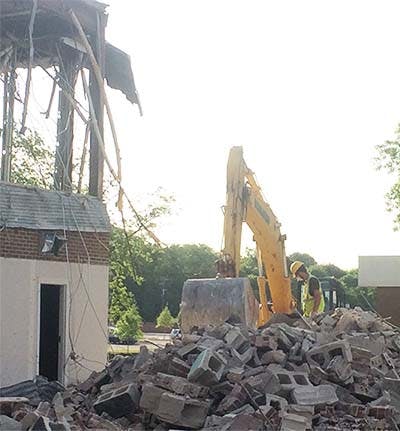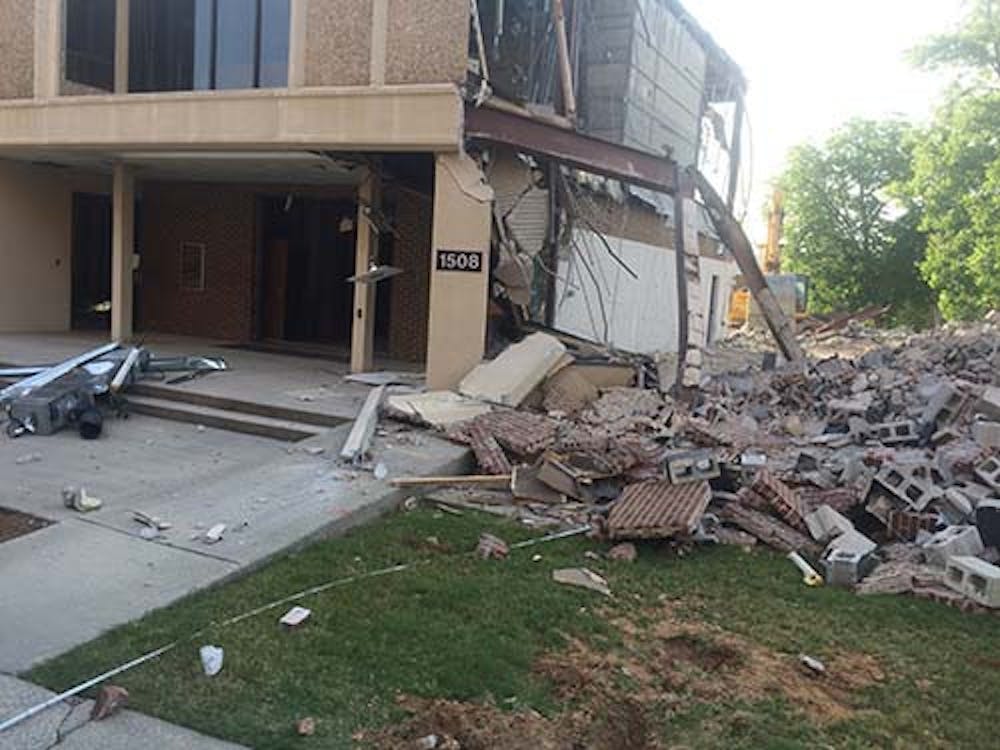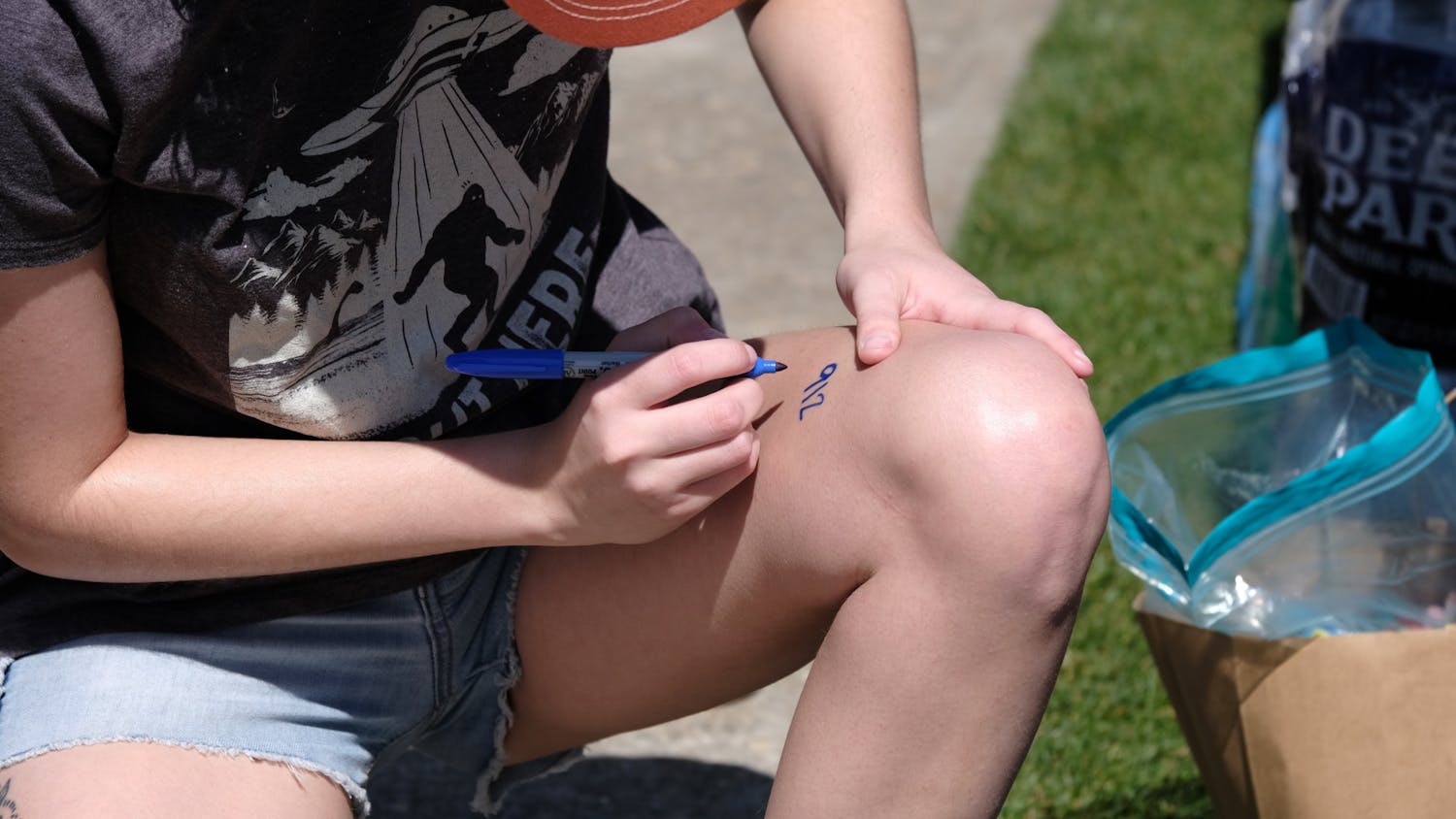Work has begun on Mercer University’s next big project: a 142,000-square-foot, state-of-the-art science building.
Costing an estimated $44 million, the Spearman C. Godsey Science Center will stand as the single most expensive construction project in the history of Mercer, according to a University press release. The building is being named in honor of Mercer Chancellor and former President Kirby Godsey’s father.
“This gift is a tribute to this man who lives within me and my brothers and who, even in his absence, has shaped the content and character of our lives,” Godsey said in the press release.
The science center will be built on the grounds where the Patterson Building is now located. Crews have already started tearing down Patterson, which up until recently housed student health.

“The Patterson Building is being abated currently for any kind of hazardous materials,” Russell Vullo, Associate Vice President for Facilities, said late last month. “Once it clears all the environmental concerns and everything has been removed properly and disposed of properly, then we’ll go to demolition of that building.”
The University had previously announced construction would begin after the May 14 commencement.
“We’ll start laying out the foundations to the building,” Vullo said. “(The construction crew will) probably remove some of the trees that are right there in the vicinity of the building.”
Once the foundation is in place and the crew has made sure that everything is level, Vullo said the crew will begin setting up steel beams and columns by either late summer or early fall 2016.
“In the fall, when most of the students come back, you’re going to start seeing some steel structure and then the foundations will be in place and most of the grading will probably be done,” Vullo said. “That’s probably all you’ll see for the first few months.”
The new science center will provide access to new technology and better accommodate the University’s growth rate in the sciences.
“The way the labs are set up in the existing building doesn’t lend to the way we teach now,” Vullo said. “(Professors) usually have a group of students per bench and it works out that you want to teach in groups of four.”
Among other features, the science center will feature microscopes that can link to computers to share findings with other universities, new fume hoods, wider hallways with study areas, more research space and larger classrooms with tiered seating, Vullo said.
Mercer science professors have been involved in discussing the new building. Chemistry Professor Garland Crawford said he is looking forward to a larger space that can keep up with the growing faculty numbers.
“Next fall I think we’ll be at 13 or 14 faculty,” Crawford said. “Just being able to spread out and have all of our faculty on one floor is going to be great.”
Biology Professor Katharine Northcutt is looking forward to having greater numbers of necessary equipment.
“(Willet) is an older building and it was designed when there weren’t as many people doing research,” Northcutt said. “For example, we don’t have enough fume hoods in the building . . . so I’m looking forward to having more up-to-date space where we have that equipment that we need.”
The new science center is not expected to be in use until the spring semester of 2018, Vullo said. Once the new building is in use, Vullo expects that the current science building will continue to be used for classrooms instead of being torn down.
Patterson coming down as construction begins on new Science Center

Abatement and demolition has begun on the Patterson Building to make room for a new state-of-the-art science center.
A construction worker outside the Patterson Building May 16.




